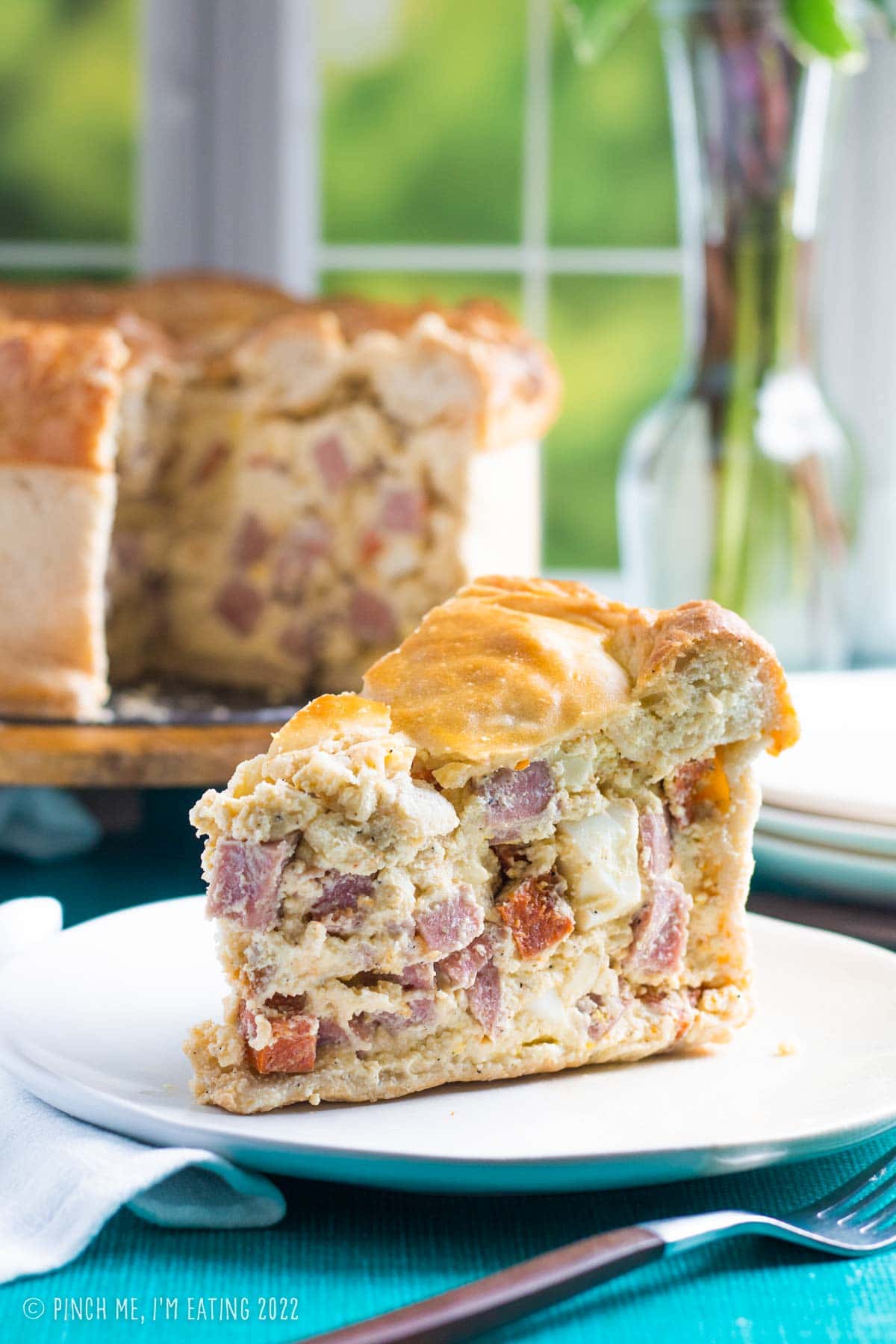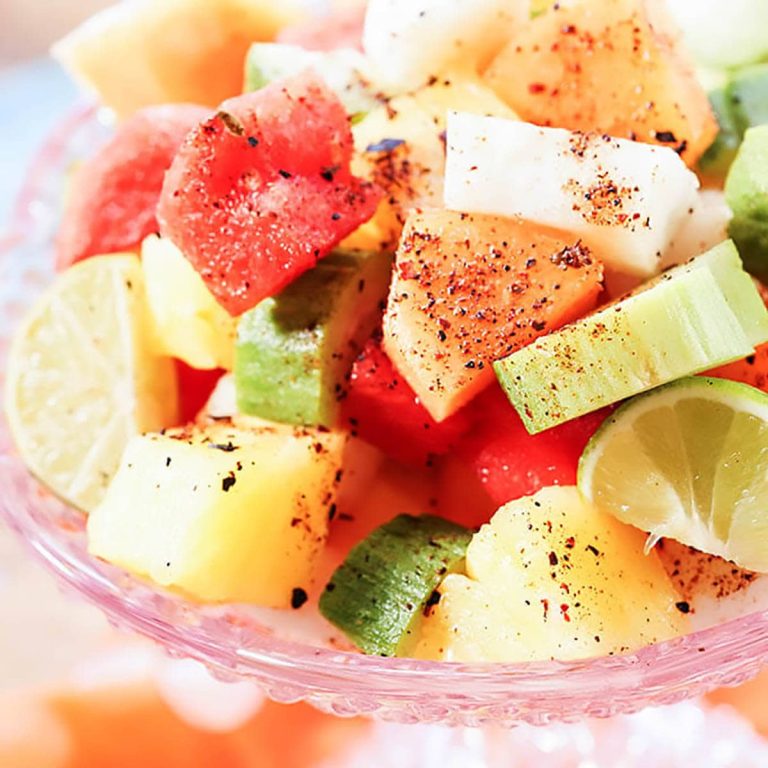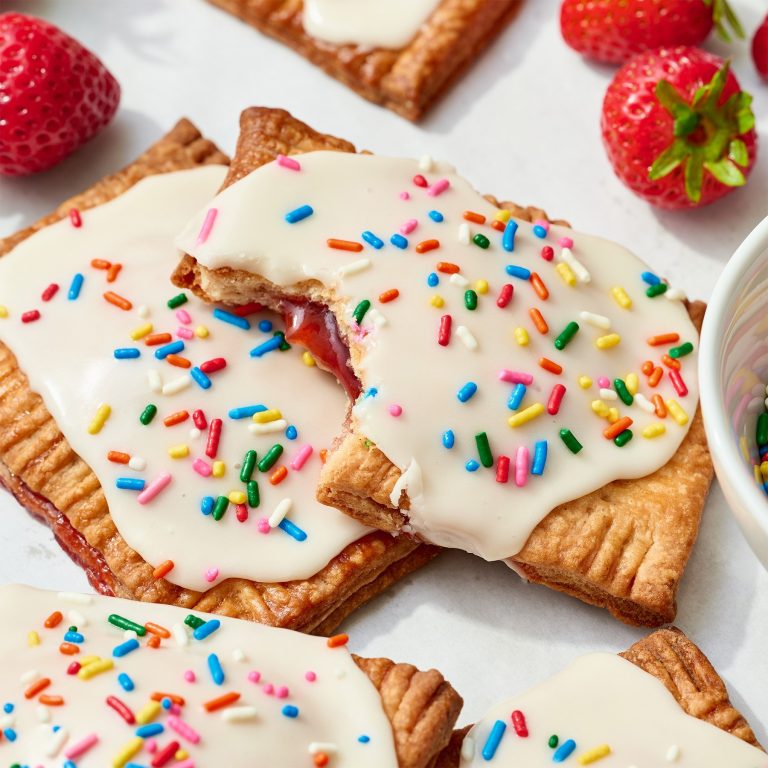Pizzagaina: A Traditional Italian Easter Pie Recipe
Pizzagaina, also known as Pizza Rustica, dates back to ancient Italy. This pie has origins in the regions of Campania and Abruzzo. Historically, it served as a celebratory dish marking the end of Lent, a period in the Christian calendar when many abstained from rich foods. Pizzagaina combines meats, cheeses, and eggs, symbolizing abundance and festivity. Roman and medieval cookbooks reference similar pies, highlighting their long-standing role in Italian culinary traditions.
Regional Variations
Regional variations of Pizzagaina offer unique twists on the classic recipe. In Naples, you’ll find versions filled with sausage, ham, and salami. Abruzzo’s interpretation might include a mix of ricotta and pecorino cheeses. Some areas bake thicker crusts while others prefer a thinner, more delicate pastry. These variations reflect local ingredients and preferences, making each Pizzagaina distinct yet rooted in shared traditions.
Key Ingredients in Traditional Pizzagaina
Meats and Cheeses
Pizzagaina traditionally features a rich assortment of meats and cheeses. Common meats include prosciutto, salami, and pepperoni. Each adds a distinct flavor, contributing to the pie’s savory profile.
Cheeses play an equally important role. Ricotta, mozzarella, and provolone are frequently used examples. These cheeses introduce varying textures and tastes, from creamy to sharp.
Pizzagaina’s filling revolves around the perfect balance of these meats and cheeses, creating a complex and satisfying flavor.
The Unique Crust
The crust of Pizzagaina sets it apart from other pies. Typically, it’s a pastry crust rather than a traditional pizza dough. This crust is made with flour, eggs, and butter, resulting in a tender, flaky texture.
Properly preparing the crust involves chilling the dough before rolling it out to maintain its structure. This step ensures the crust supports the heavy filling without becoming too dense.
The combination of this unique crust with the rich filling of meats and cheeses forms the foundation of traditional Pizzagaina.
The Cultural Significance of Pizzagaina
Festive Associations
Pizzagaina embodies the festive spirit of Easter within Italian communities. As a traditional Easter dish, it’s prepared to celebrate the end of Lent, representing abundance and joy. Families often gather to make Pizzagaina, using recipes passed down through generations. The dish showcases a lavish mix of meats, cheeses, and eggs, symbolizing the lifting of Lenten dietary restrictions. Serving Pizzagaina typically marks a time of communal celebration, when loved ones share meals filled with rich, indulgent flavors.
Pizzagaina In Modern Celebrations
Pizzagaina remains a beloved feature in contemporary Easter festivities. Many Italian-American families continue the tradition, adapting recipes to fit modern tastes without losing the dish’s essence. Ingredients like gluten-free flour or vegetarian fillings reflect dietary preferences while maintaining cultural integrity. In bakeries and specialty food stores, you’ll find Pizzagaina prominently displayed during the Easter season, attesting to its enduring popularity. Even in non-Italian communities, the dish’s rich history and flavorful composition attract new fans, ensuring its place in diverse holiday tables.
How to Make Your Own Pizzagaina
Step-by-Step Recipe
- Gather Ingredients:
- Crust: 4 cups flour, 4 large eggs, 1 cup butter (cold and cut into pieces), 1/2 cup water
- Filling: 1 lb ricotta cheese, 1 lb mozzarella (diced), 1/2 lb cooked prosciutto (sliced), 1/2 lb salami (sliced), 6 large eggs, 1/2 cup grated parmesan cheese, black pepper to taste
- Prepare the Dough:
- Mix flour and butter until crumbly. Add eggs one at a time, then add water. Knead until smooth. Chill dough for 30 minutes to ensure it firms up.
- Preheat Oven: Set your oven to 350°F (175°C) while the dough chills.
- Combine ricotta, mozzarella, prosciutto, salami, eggs, parmesan, and black pepper in a large bowl. Mix thoroughly until everything is evenly distributed.
- Roll Out the Dough:
- Divide dough into two parts. Roll out one part to fit a greased 9-inch springform pan, leaving edges overhanging.
- Assemble the Pizzagaina:
- Fill the crust with the cheese and meat mixture. Roll out the second part of the dough to cover the top. Pinch edges to seal and trim excess dough.
- Bake the Pizzagaina:
- Cut a few slits in the top crust for steam to escape. Bake for 60-70 minutes or until the top is golden brown.
- Cool and Serve:
- Let the Pizzagaina cool for at least 30 minutes before slicing to allow the filling to set.
- Use Cold Butter:
- Ensure the butter is cold to create a flaky crust. Cold butter pieces in the dough result in layers when baked.
- Chill the Dough:
- Chill the dough before rolling it out. This step prevents shrinkage and creates a sturdier base for the heavy filling.
- Season Filling Generously:
- Use black pepper to enhance the flavor. The richness of the meats and cheeses can overwhelm the palate without proper seasoning.
- Slice Meats Thinly:
- Opt for thin slices of prosciutto and salami to ensure even distribution within the filling. Thick slices can create an uneven texture.
- Avoid Overfilling:
- Do not overfill the crust to prevent it from bursting during baking. Maintain a slightly lower filling to crust ratio.
- Allow Cooling Time:
- Let the baked Pizzagaina rest to
Conclusion
Pizzagaina is more than just a dish; it’s a celebration of Italian heritage and a symbol of joy and abundance. By following the step-by-step recipe, you can bring this traditional delight to your table, honoring its rich history while enjoying its delectable flavors. Whether you’re marking the end of Lent or simply indulging in a hearty meal, Pizzagaina offers a unique and flavorful experience. Embrace the tradition, savor the taste, and share the joy of Pizzagaina with your loved ones.






